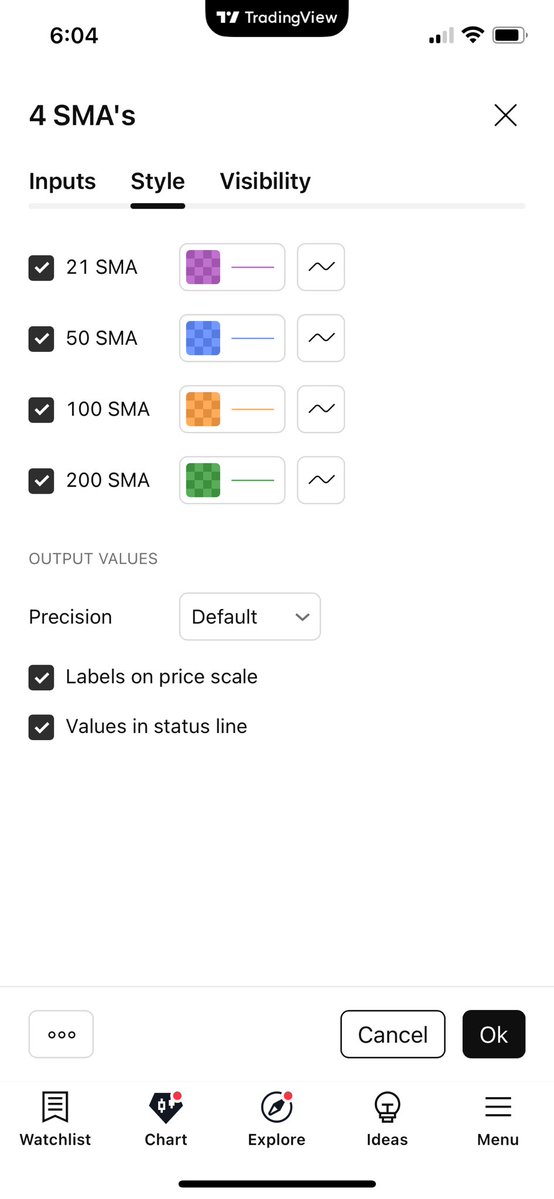The Significance of Monthly Charts in Financial Analysis
The Power of Long-Term Perspective
In the fast-paced world of financial markets, where traders often focus on minute-by-minute fluctuations, the monthly chart can seem like a relic from a bygone era. However, seasoned investors know that the monthly chart is a powerful tool that provides a long-term perspective, helping to filter out the noise and focus on the bigger picture. This article delves into the importance of monthly charts, the role of moving averages, and how historical data can guide future investments.
Understanding Monthly Charts
A Bird’s-Eye View
Monthly charts plot the price action of an asset over a month, providing a comprehensive view of its performance over an extended period. This bird’s-eye view is crucial for identifying long-term trends, cycles, and patterns that might not be apparent on shorter timeframes. By zooming out, investors can gain a better understanding of the asset’s behavior and make more informed decisions.
Imagine trying to navigate a city using only a street-level view. You’d miss the entire layout, the major highways, and the key landmarks. Similarly, focusing solely on short-term charts can obscure the broader market trends and cycles. Monthly charts offer that aerial view, allowing investors to see the entire landscape and make strategic decisions.
The Role of Moving Averages
Moving averages are essential tools in technical analysis, smoothing out price data to form a trend-following indicator. On a monthly chart, moving averages can help identify the direction of the trend and potential support or resistance levels. The 50-month simple moving average (SMA), 100-month SMA, and 200-month SMA are particularly significant, as they represent key levels that can influence market psychology and price action.
The 50-month SMA, for example, can act as a dynamic support or resistance level. When the price is above this average, it often indicates a bullish trend, while a price below it might suggest a bearish trend. The 100-month and 200-month SMAs are even more critical, often serving as major trend indicators. When the price crosses above or below these levels, it can signal significant shifts in market sentiment.
The Importance of Historical Data
Learning from the Past
History has a way of repeating itself in the financial markets. By studying historical data, investors can identify patterns and trends that may recur in the future. This is particularly true for monthly charts, which provide a long-term context for understanding market cycles and trends. By following history, investors can anticipate potential market movements and position themselves accordingly.
For instance, during the 2008 financial crisis, many assets experienced a significant decline. By analyzing monthly charts from that period, investors can identify patterns that might indicate similar market conditions in the future. This historical context can be invaluable for developing strategies to navigate turbulent times.
The Wisdom of Crowds
Market sentiment and psychology play a significant role in price action. When a large number of investors focus on key levels, such as the 50-month, 100-month, and 200-month SMAs, these levels can become self-fulfilling prophecies. In other words, the collective expectations of market participants can influence price action, making these levels important to monitor.
Think of it like a self-fulfilling prophecy in a crowded room. If everyone believes that a certain level is crucial, their collective actions can push the price towards that level. This phenomenon is particularly evident in the financial markets, where the collective wisdom (or sometimes folly) of the crowd can drive price movements.
Practical Applications
Trend Identification
One of the primary uses of monthly charts is trend identification. By plotting the price action over an extended period, investors can determine whether an asset is in an uptrend, downtrend, or ranging market. This information is crucial for developing a trading strategy that aligns with the prevailing trend.
For example, if a monthly chart shows a consistent uptrend over several years, it might indicate a strong bullish market. Investors can then develop strategies to capitalize on this trend, such as buying on dips or using momentum indicators to confirm the trend’s strength.
Support and Resistance Levels
Monthly charts can also help identify key support and resistance levels. These levels represent areas where the price has historically struggled to break through or has found support. By monitoring these levels, investors can anticipate potential reversals or breakouts and adjust their positions accordingly.
Support levels are areas where the price has historically found buying pressure, preventing it from falling further. Resistance levels, on the other hand, are areas where selling pressure has historically prevented the price from rising further. By identifying these levels, investors can make more informed decisions about when to enter or exit a position.
Risk Management
Monthly charts can aid in risk management by providing a long-term context for setting stop-loss orders and position sizing. By understanding the bigger picture, investors can make more informed decisions about where to place their stop-loss orders and how much capital to allocate to a particular trade.
For instance, if a monthly chart shows that a certain level has historically acted as strong support, investors might place their stop-loss orders just below this level. This approach can help minimize losses while allowing for potential price fluctuations within the broader trend.
The Art of Patience
Ignoring the Noise
In the age of high-frequency trading and algorithmic strategies, it’s easy to get caught up in the noise of short-term price fluctuations. Monthly charts remind investors to focus on the bigger picture and ignore the daily ups and downs. This long-term perspective can help investors avoid impulsive decisions and stick to their trading plan.
Think of it like tuning out the background chatter in a crowded room. By focusing on the bigger picture, investors can filter out the noise and make more rational decisions. This discipline is crucial for long-term success in the financial markets.
The Value of Discipline
Following a disciplined approach to investing is crucial for long-term success. Monthly charts can help investors maintain discipline by providing a clear, long-term view of the market. By focusing on the bigger picture, investors can avoid the temptation to overtrade or chase short-term gains.
Discipline is like a compass that guides investors through the tumultuous waters of the financial markets. By sticking to a disciplined approach, investors can navigate market volatility and stay on course towards their financial goals.
Conclusion: Embracing the Long-Term View
In a world where instant gratification is the norm, the monthly chart offers a refreshing reminder of the value of patience and discipline. By embracing the long-term view, investors can filter out the noise, identify key trends and patterns, and make more informed decisions. Whether you’re a seasoned investor or just starting, the monthly chart is an essential tool for navigating the complex world of financial markets. So, take a step back, zoom out, and follow history—your future self will thank you.




